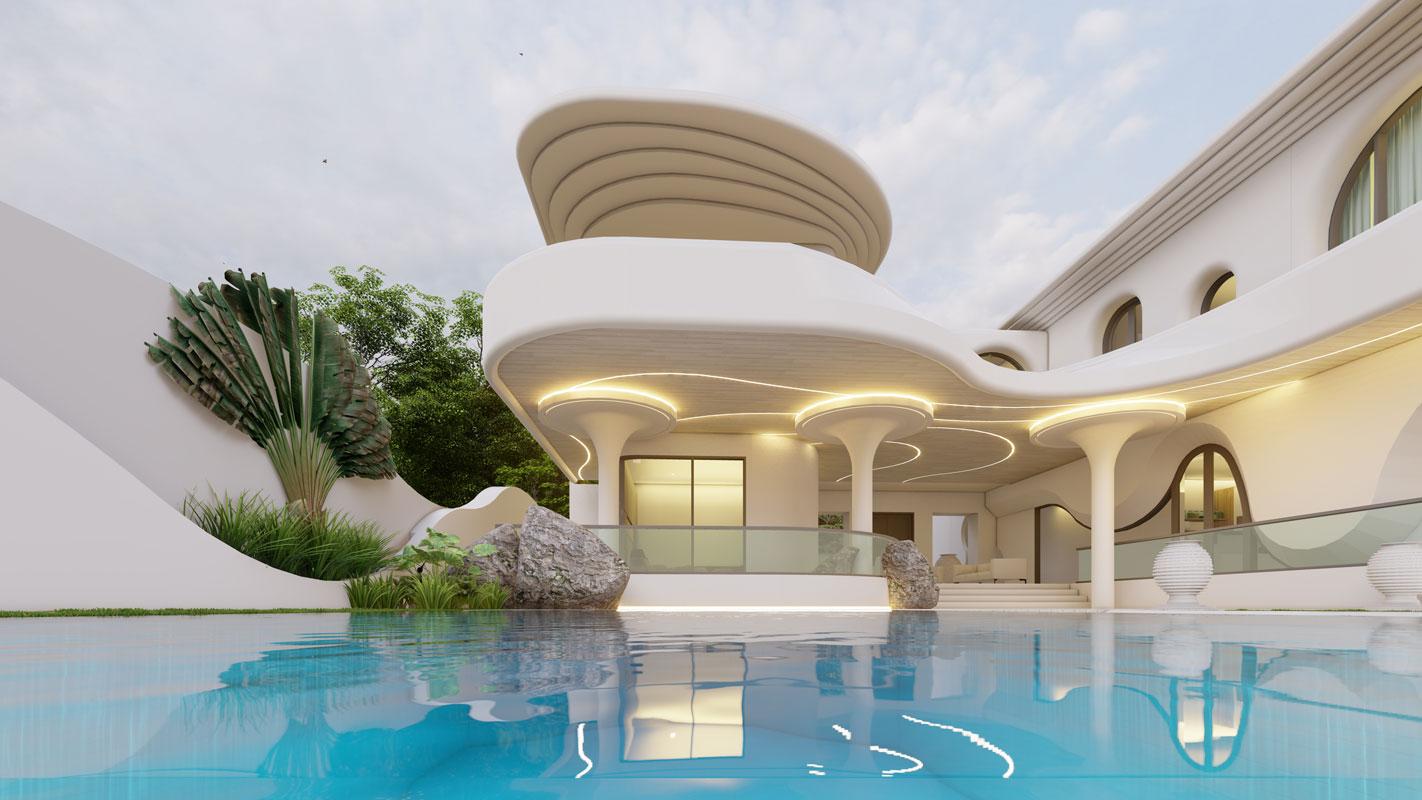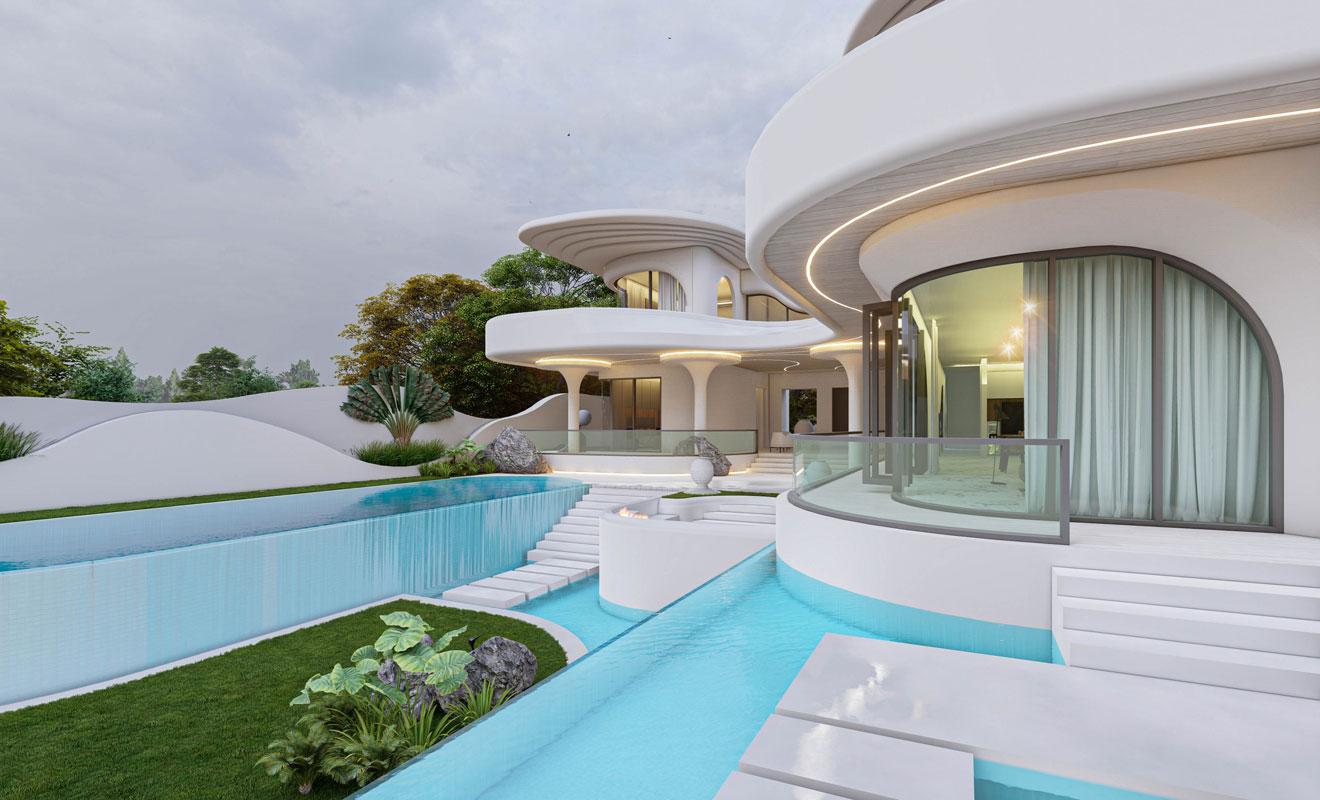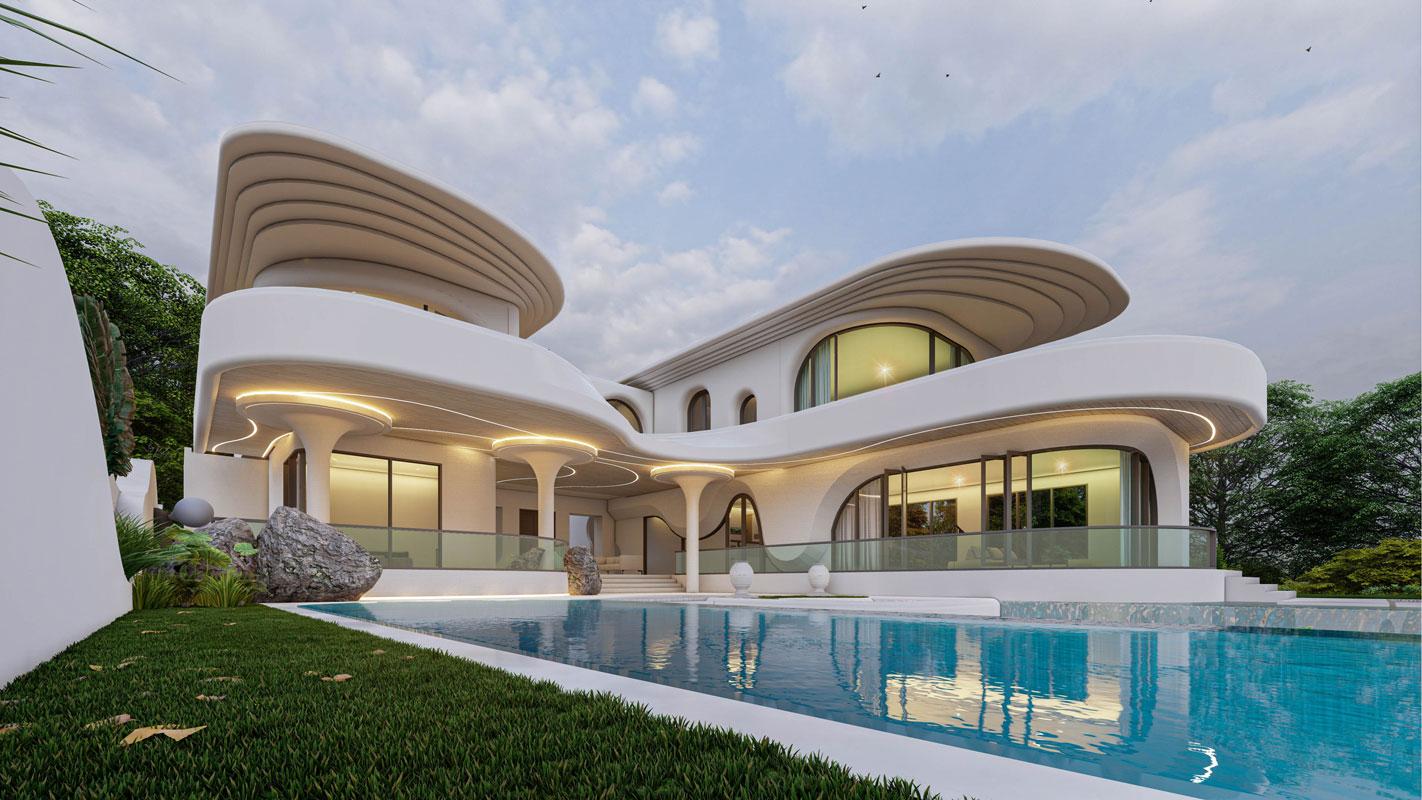Bali Architect - Jeghier Architect - Villa Design
As an architect, my approach to design is a meticulous blend of creativity and functionality. Each project I undertake is an opportunity to craft spaces that not only reflect the aesthetic aspirations of my clients but also seamlessly integrate with the surrounding environment.
My design process begins with a thorough understanding of the client's vision, preferences, and the unique characteristics of the site. I believe that a successful design is not just visually appealing but also enhances the overall user experience. To achieve this, I engage in comprehensive research, considering elements such as natural light, spatial flow, and sustainability.
Collaboration is at the heart of my methodology. I work closely with clients to ensure that their needs and desires are not only heard but translated into tangible design elements. Through open communication, I strive to create spaces that resonate with the occupants on a personal level.
In addition to aesthetics, I prioritize functionality and efficiency in my designs. I believe that architecture should not only be visually striking but also enhance the daily lives of those who inhabit the spaces. Sustainability is a key consideration, and I incorporate eco-friendly practices and materials whenever possible.
Sketching and conceptualization play a pivotal role in my design process. I often begin with hand-drawn sketches to quickly capture ideas and explore various possibilities. These initial sketches serve as the foundation for more detailed digital renderings and ultimately guide the construction phase.
I find inspiration in the interplay of form, light, and materials. Whether it's a commercial villa, private residence, or a sprawling estate, my goal is to create spaces that leave a lasting impression while meeting the functional needs of the users.
In essence, my role as an architect goes beyond designing structures; it involves curating experiences and shaping environments that enhance the quality of life for those who interact with them.
Komang Suardika Jeghier
Brief About Jeghier Architect
Jeghier Architect initiated its operations in 2004, initially focusing on designing residential housing projects for foreigners. Through unwavering dedication and hard work, the firm's exceptional designs gained widespread acclaim, paving the way for larger projects as its reputation grew in Bali. In 2005, Jeghier officially registered with the Indonesian Architect Institute (Ikatan Arsitek Indonesia - IAI), formalizing its administrative structure.
The name "Jeghier" originated from Komang Suardika's nickname, later patented in the Ministry of Copyrights and Intellectual Property. Today, Komang Suardika serves as the principal architect and owner of Jeghier Architect. Komang's journey in architecture commenced after completing his undergraduate degree at the University Udayana Bali in 2001.
Having worked in various renowned local and foreign architectural consultancies in Bali, Komang steadily climbed the career ladder, attaining head architect positions. Fueled by experience and confidence, Komang founded his architecture consultancy.
.
Jeghier's design philosophy embraces freedom of expression, continually exploring new trends and blending various architectural styles such as tropical, modern, Caribbean, Mexican, Moroccan, etc. While drawing inspiration from Traditional Balinese Architecture, Jeghier ensures each design is unique, reflecting the spirit of the site. The firm dislikes monotony, aiming to bring out the diverse spirits and characters of each location with boundless creativity.
Today, Jeghier boasts a team of highly proficient professionals, excelling in their specialized fields. Some works have received commendation from various media outlets, including TV and magazines. Currently, 90% of Jeghier's clients are expatriates, ranging from developers to retirees, property investors, and entrepreneurs.
Jeghier's approach to design incorporates consideration of budget, market demand, and clients' personal preferences. The architect's creativity is challenged to create unique and trendy designs, utilizing both positive and negative aspects of projects to complement each other, fostering harmony and balance in the final masterpiece.
Many current clients are repeat clients who have experienced satisfaction with Jeghier's services. Additionally, numerous clients recommend Jeghier Architect to associates, friends, and business partners. Services provided include Architectural Design, Master Planning, and Project Supervision. Jeghier Architect ensures a thorough and meticulous design process, making it the natural choice for those seeking a business partner and architectural consultant capable of transforming dreams into workable designs.







